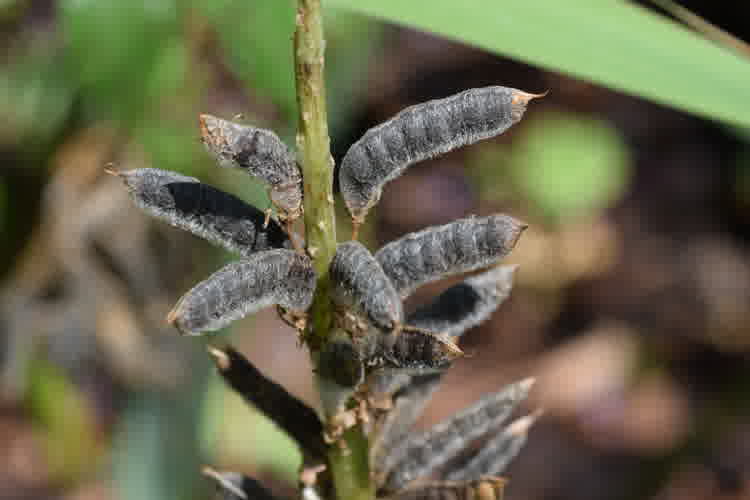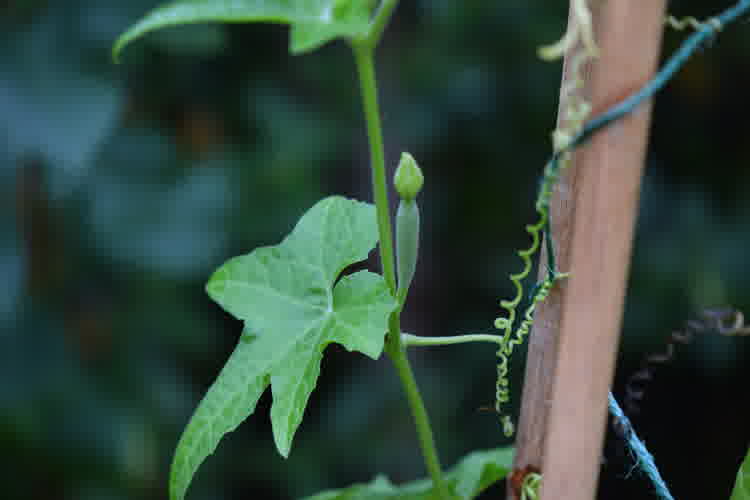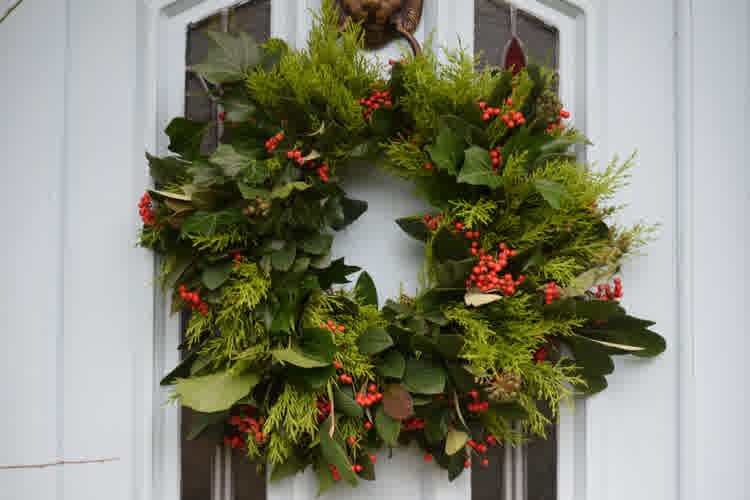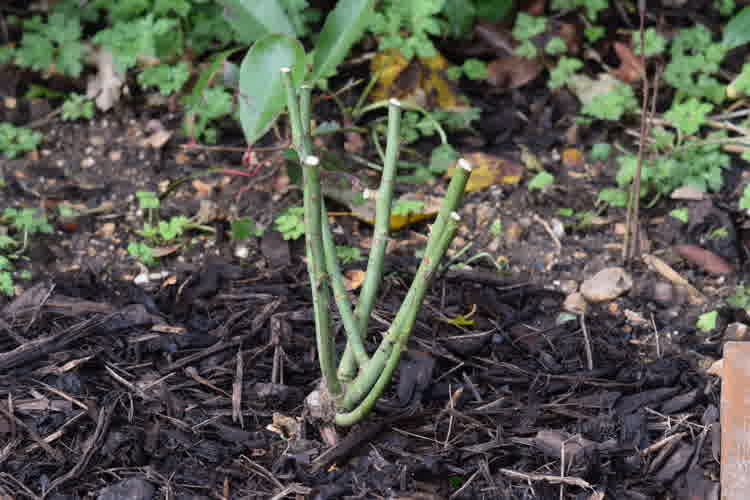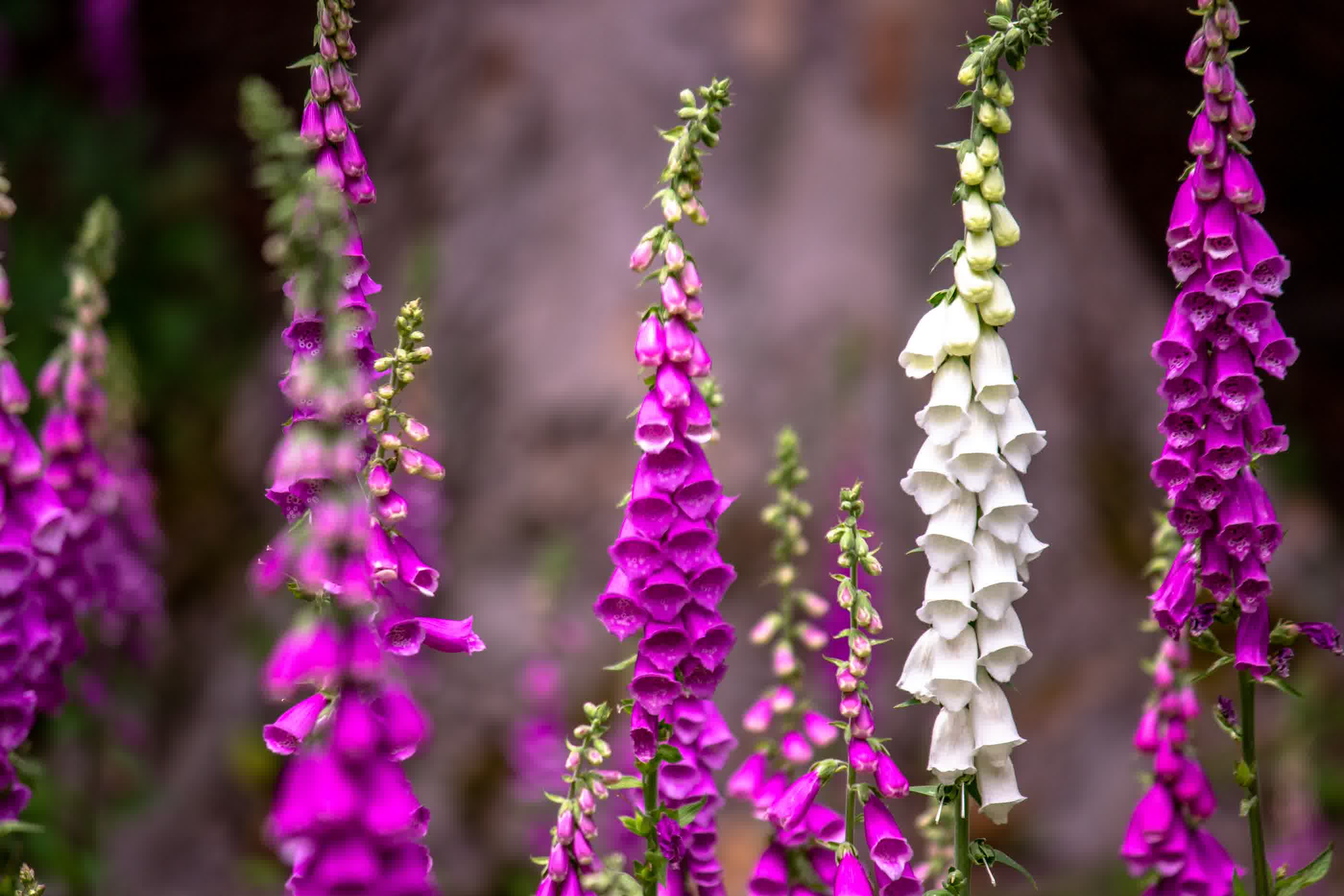
Foxgloves
Table of Contents
Varieties
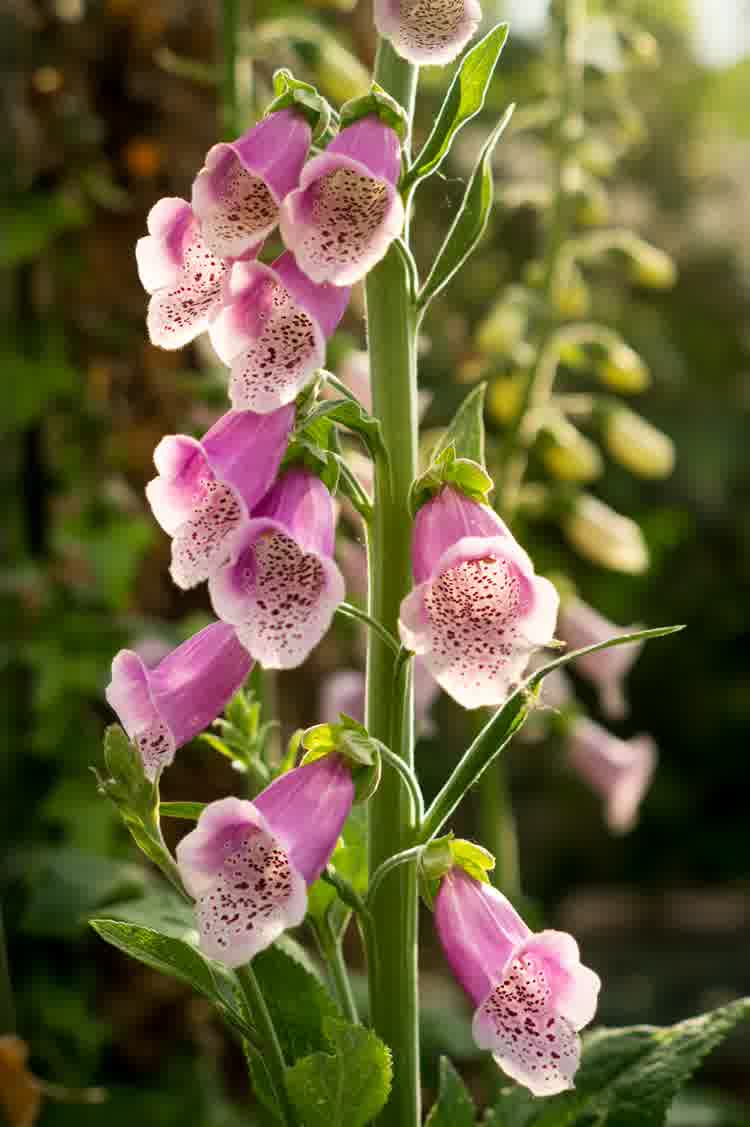
There are multiple varieties of foxgloves. They differ in height and range in colours, including purple, white, pink and yellow.
Most foxgloves are biennial plants. However, some are short-lived perennials. Most foxgloves are hardy plants.
Foxgloves have tubular, bell-shaped flowers that grow on tall spikes, some reaching up to 2m in height. The flowers usually have small, circular or dotted patterns on the petals.
Foxgloves tend to flower from summer to autumn.
It's worth noting that all parts of the foxglove plant are highly toxic.
Planting
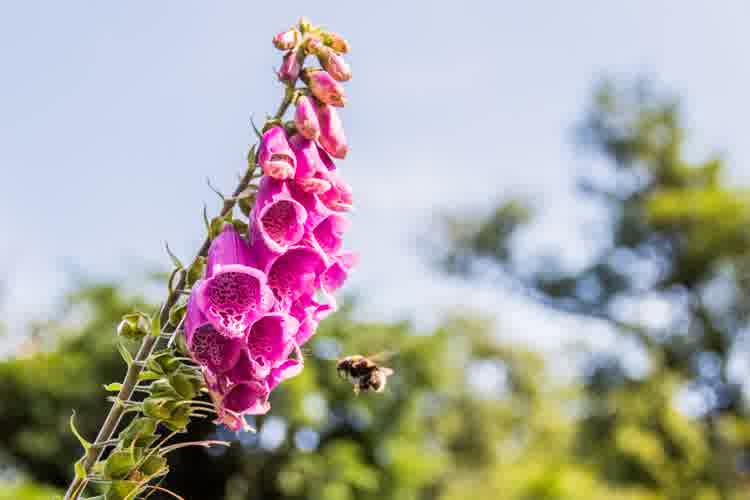
Most foxgloves prefer lightly shaded areas with moist, well-draining soil.
However, some varieties will do well in full, to partial sun, with others doing well in heavier-shaded areas. This range in growing conditions makes them very versatile, adding colour to different parts of the garden.
Plant foxgloves in spring.
Planting is reasonably straightforward. Dig a hole which is as deep and slightly wider than the container and place the plant into the hole. If you have well-rotted organic material to hand, mix this with excavated soil before backfilling.
Once backfilled, firm the plant in and water well.
Biennial foxgloves will tend not to flower in the first year, establishing their roots and growing foliage. They will then bloom in the second year.
Ongoing care
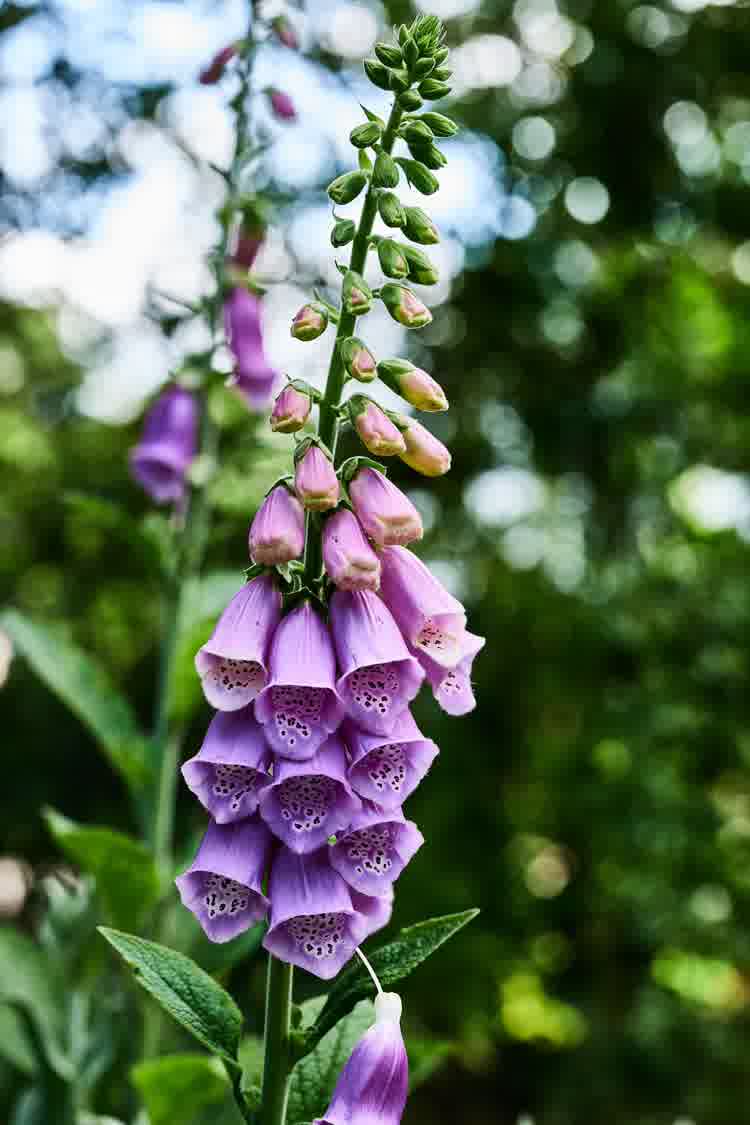
Foxgloves are reasonably low-maintenance plants.
Water younger, recently planted plants more often, keeping the soil moist for the first few months.
More established plants in their second year shouldn't require much watering outside prolonged dry spells.
Adding mulch can help save on water and keep the soil moist.
Foxgloves will readily self-seed. You can also scatter the seeds in a different location to add more foxgloves to your garden. This self-seeding allows biennial foxgloves to continue to add colour to your garden.
If you decide to deadhead, cut the entire stalk down once the flowers have faded.
Some flower spikes can grow rather tall and would benefit from staking when planted in exposed positions, helping them stay upright in windy conditions.
Pest and diseases
Foxgloves are relatively problem-free and not often plagued by pests and diseases.
However, as with all plants, problems may still arise.
Pests
Slugs and snails will happily eat away at fox gloves leaves. Younger plants are more prone to damage from these pests.
There are many methods people claim to repel slugs and snails with varying results, including the use of sharp grit, crushed eggshells, copper tape, beer traps and many more!
We've found using copper tape to be the most effective against repelling slugs and snails when we tested various methods of protection for Lupins.
